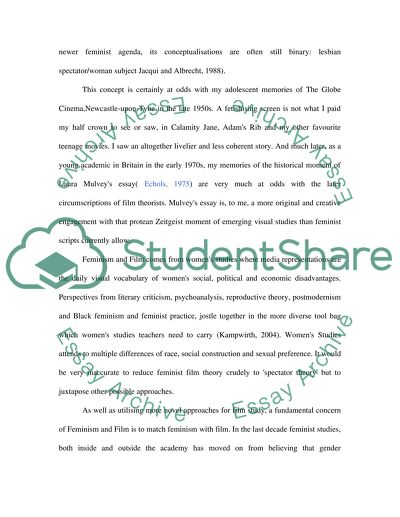Cite this document
(“Feminism and Film Essay Example | Topics and Well Written Essays - 2000 words”, n.d.)
Retrieved from https://studentshare.org/sociology/1525282-feminism-and-film
Retrieved from https://studentshare.org/sociology/1525282-feminism-and-film
(Feminism and Film Essay Example | Topics and Well Written Essays - 2000 Words)
https://studentshare.org/sociology/1525282-feminism-and-film.
https://studentshare.org/sociology/1525282-feminism-and-film.
“Feminism and Film Essay Example | Topics and Well Written Essays - 2000 Words”, n.d. https://studentshare.org/sociology/1525282-feminism-and-film.


